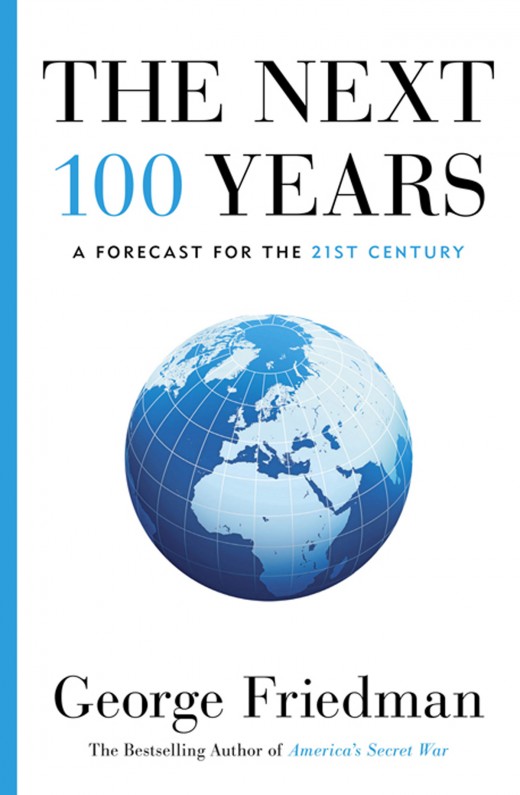Introduction
- The world has changed dramatically over the last century, with power structures shifting rapidly.
- The 20th century was marked by two World Wars, the Cold War, and the threat of nuclear conflict.
- The 21st century began with the War on Terror and the growing threat of climate change.
- New powerful states are emerging, shaping the future of global politics.
Overview
- George Friedman’s The Next 100 Years uses historical trends and geopolitical analysis to predict the future.
- The book is divided into three time periods: 2010-2020, 2020-2050, and 2050-2100.
- Friedman argues that power shifts are natural and will continue to shape global politics.

Key Themes
- Power Shifts: The international system is unstable, and power transitions are inevitable.
- Key Players: The US, Europe, Russia, and China will dominate the 21st century.
- Three Time Periods:
- 2010-2020: The recent past.
- 2020-2050: The mid-century power struggles.
- 2050-2100: The late-century global order.
United States
- Decline as a Superpower: The US will face challenges from rising powers like China, Russia, and India.
- Reasons for Decline:
- Dependence on foreign oil, leading to energy vulnerabilities.
- Aging population and declining birth rates, straining social systems.
- Threats from non-state actors like terrorists and cybercriminals.
- Hope for the Future:
- The US has a strong history of innovation and military power.
- These strengths may help it remain a global leader.
Russia
- Geopolitical Role: Russia acts as a buffer between Europe and Asia, with a history of strong central leadership.
- Goals: Maintain control over Eastern Europe, the Caucasus, and Central Asia.
- Relationship with the US:
- Strained, with competition for influence in Eurasia.
- Potential for cooperation on issues like nuclear proliferation and terrorism.
- Energy Resources: Russia’s oil and gas could be a source of collaboration with the US.
China
- Rising Power: China’s economy has grown rapidly since the late 1970s.
- Challenges:
- Aging population due to the one-child policy, leading to a shrinking workforce.
- Limited natural resources like oil and gas.
- Authoritarian political system, which may hinder innovation and global engagement.
- Future Outlook:
- China will continue to grow but faces significant hurdles.
- It will become more assertive globally but is unlikely to dominate as a hegemonic power.
Conclusion
- The Next 100 Years is a thought-provoking book that offers insights into the future of global politics.
- Friedman’s predictions are based on historical trends and geopolitical analysis.
- The book reminds us that the future is uncertain, and our choices today will shape the world for generations to come.
- A must-read for anyone interested in understanding and influencing the future of our planet.
Key Takeaways:
- Power is always shifting: No nation remains dominant forever.
- The US, Russia, and China will play major roles in shaping the 21st century.
- Challenges like aging populations, resource scarcity, and political systems will impact global dynamics.
- The future is uncertain, but understanding history and trends can help us prepare for what’s ahead.
FOR MORE BOOK REVIEWS https://mastercssprep.com/category/write-up/book-reviews/

